Building trust in a group setting can be facilitated through engaging and interactive activities. Here are three trust-building games that promote communication, collaboration, and a sense of camaraderie:
Questions for Humans is a game that encourages open and honest communication within the group. Divide participants into pairs or small groups and have them take turns asking thought-provoking questions to each other. These questions can range from personal experiences and aspirations to deeper philosophical inquiries. The key is to create an atmosphere of trust and encourage genuine sharing. As participants open up and listen to one another, trust within the group will naturally strengthen.
Escape rooms provide an exciting and challenging environment for team members to work together towards a common goal. In this immersive game, participants are locked in a room and must solve puzzles, decipher clues, and collaborate within a set time limit to escape. This game requires trust, effective communication, and teamwork to succeed. The shared experience of working towards a shared objective fosters bonding and trust-building among participants.
Operation Adventure is an outdoor team-building game that involves problem-solving and physical challenges. Divide participants into teams and provide them with a series of missions or tasks to complete within a designated area. These missions can include obstacle courses, puzzles, or cooperative activities that require trust and effective communication to accomplish. The shared sense of adventure and overcoming challenges together builds trust and strengthens group dynamics.
Remember, the key to fostering trust through these games is to create a supportive and non-judgmental environment. Encourage active listening, respect for different perspectives, and the celebration of each team member's contributions. By emphasizing collaboration and positive interactions, these games can facilitate trust-building and create a stronger, more cohesive group.
“Businesses wonder why it is still hard to be thought of as the brand of choice with the best customers and top employees. How can our business make more profitable transactions and stay out of the commodity battle with low profits? How can we land and keep top talent in our organization with the salary wars. Kevin teaches your sales and leadership teams how to build the key ingredient to be successful with their relationships and take your goals to the next level with high levels of engagement.
Kevin’s website: www.kevinsidebottom.com
Kevin’s email: kevin@kevinsidebottom.com
The Sales Process Online Membership Site
https://www.kevinsidebottom.com/pricing-page
The Sales Process Uncovered Book
https://www.amazon.com/Sales-Process-Uncovered-Success-Influence/dp/0578421518/ref=sr_1_1?crid=8XUM4QL2RC6M&keywords=the+sales+process+uncovered&qid=1673274567&sprefix=the+sales+process+uncovered%2Caps%2C90&sr=8-1





















